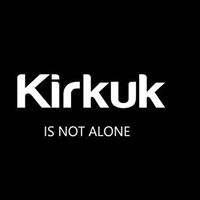What is known as the "worst shark attack in history"?
The USS Indianapolis had delivered the crucial components of first operational atomic bomb to a naval base on the Pacific island of Tinian. On August 6, 1945, the weapon would level Hiroshima. But now, on July 28, the Indianapolis sailed from Guam, without an escort, to meet the battleship USS Idaho in the Leyte Gulf in the Philippines and prepare for an invasion of Japan.
But shortly after midnight, Japanese torpedoes hit the Indianapolis that effectively ripped the Indianapolis in two. Still traveling at 17 knots, the Indianapolis began taking on massive amounts of water; the ship sank in just 12 minutes. Of the 1,196 men aboard, 900 made it into the water alive. Their ordeal—what is considered the worst shark attack in history—was just beginning.
After 11:00 a.m. on their fourth day in the water, a Navy plane flying overhead spotted the Indianapolis survivors and radioed for help. Within hours, another seaplane, manned by Lieutenant Adrian Marks, returned to the scene and dropped rafts and survival supplies. When Marks saw men being attacked by sharks, he disobeyed orders and landed in the infested waters, and then began taxiing his plane to help the wounded and stragglers, who were at the greatest risk. A little after midnight, the USS Doyle arrived on the scene and helped to pull the last survivors from the water. Of the Indianapolis’ original 1,196-man crew, only 317 remained.
More Info:
www.smithsonianmag.com







